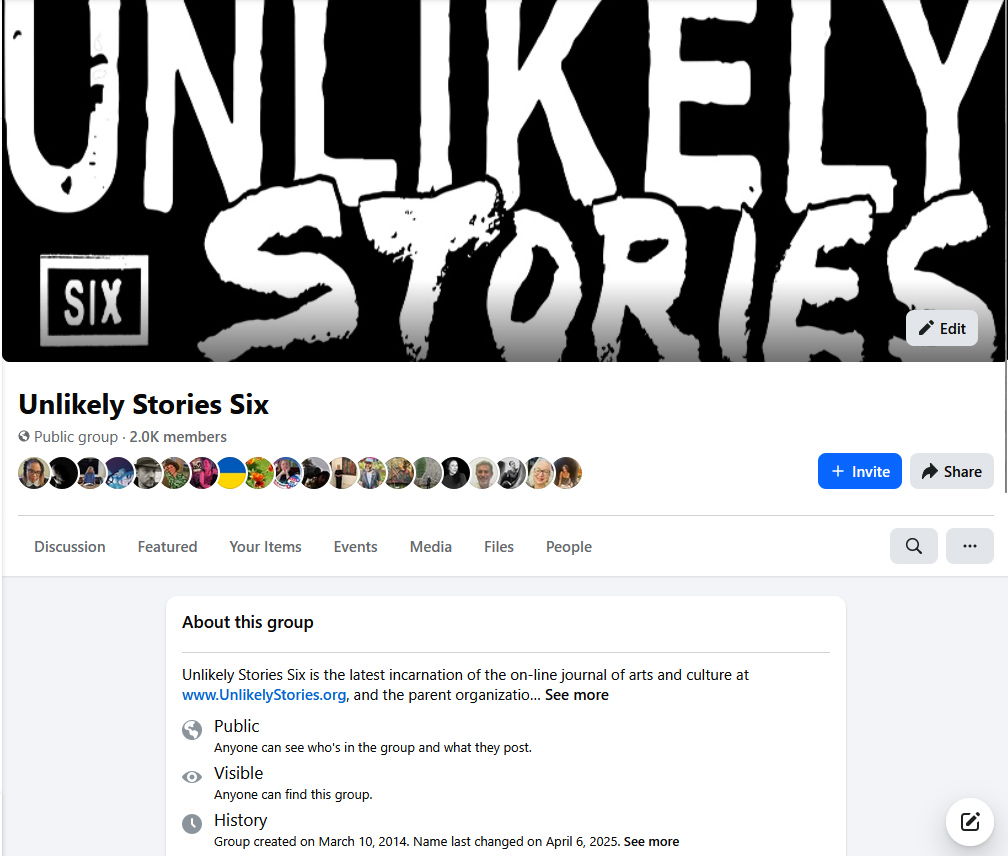by Sean Cahill
Frank saw the advertisement while scrolling through his phone on the toilet.
It featured Governor Turlock standing before an AI-generated cityscape of Los Angeles. There were columns of smoke rising from downtown, drifting against a dull red sky. It looked like hell.
“The past decade has been a nightmare for Californians. The old supply chains are broken. Industry has left our state, and the cost of consumer goods has skyrocketed.”
Images of empty shelves and high price tags flickered on Frank’s phone.
“Under previous administrations, our cities became hotbeds of crime and decay, and they are now overrun with the homeless. It is no longer safe to be a Californian.”
Riots. Fires. Sprawling encampments.
“But it doesn’t have to be this way,” the governor continued. “I see a different future for our state. A future where families picnic in the park, children walk to school, and our streets are safe for everyone.”
Smiling people in suburban environments. They look friendly. Employed.
“This can be our future, friends. And with streets as clean as these, you will be proud to call yourselves Californians again.”
Now it was Governor Turlock’s face, straight to camera.
“But if we want this bold future for ourselves, we must take action. Husbands, fathers, sons: join your local Neighborhood Safety Initiative and help clean up our state—one block at a time.”
The final image was of a rippling flag.
The governor’s ad affected Frank deeply. His 12-year-old son, Ben, had recently been chased by junkies near the metro. One of the men spat in his face and tried to take his backpack. Frank’s wife, Paula, spent hours trying to calm the boy down that night. But the damage was already done.
Frank poured two fingers of bourbon when the family went to sleep. He hadn’t seen Ben cry like that since he broke his arm in third grade. It was a gut-wrenching sight to behold. And the more he thought about it, the angrier he became. What kind of a world was he handing down where things like that were normal? Where they happened to kids? Frank promised himself he would do something about it. Something beyond the worthless police report Paula had filed online.
But in his heart, he knew he couldn’t do anything. No one could—that was the problem.
California’s homeless epidemic grated on everyone, wearing against already frayed nerves. Sidewalks were flooded with garbage and occupied tents, petty theft was everywhere, and social media was alive with reports of street violence and arson.
Yet the police seemed helpless. Most of the time they didn’t even respond when they were called, and this led to a kind of infectious fatalism. People gave up. Society was broken.
And then James Turlock came along.
His campaign promise—a statewide program of “neighborhood safety initiatives”—was like water to the dying. If elected, Turlock promised to slash the bloated budgets for social workers, housing, drug rehabilitation, and all the other things Californians poured money into year after year, only to see their problems get worse.
His NSI program would allow any adult male to join a local, autonomous chapter of a neighborhood ‘safety initiative’, a deputized militia imbued with state authority to identify, arrest, and deliver any homeless person found in their district to the government.
Civil rights activists raged—this was a violation of habeas corpus. It was unconstitutional.
No one cared. Turlock was offering a clear solution to a problem many thought unsolvable.
He was elected in a landslide.
The now-governor Turlock promised that any homeless delivered to the state would not be charged with a crime. The goal was simply to remake these feral people into productive members of society, to bring them to full employment, and thus solve two of the great state’s most intractable woes at once.
The details were murky, but the outcome was clear:
Prices would fall. Safety would increase. And the homeless would vanish from the streets.
For many Californians, it sounded like a dream come true.




Add comment